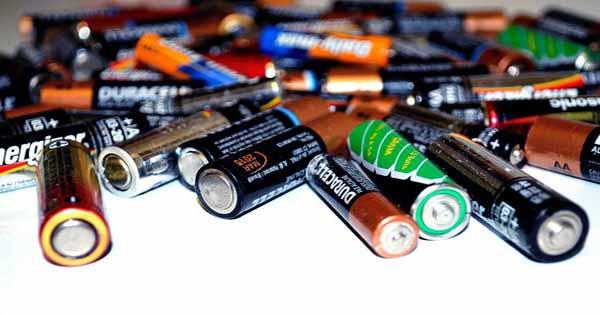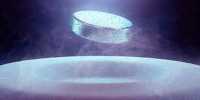A team of chemists and physicists from the University of Bristol are ready to turn “garbage” into “treasure“, at the cutting edge of nuclear waste research. The team hopes to recycle radioactive waste from converted power plants to supply electricity that could last for thousands of years, Building on their previous work from 2016. Their first target was the Berkeley Power Plant in Gloucestershire, where work to remove waste products from plants began earlier this year.
Carbon-1 is at the center of the team’s work. In nuclear reactors, the radioactive material is surrounded by uranium graphite blocks, which act as regulators of the nuclear fission process. Once exposed to the process; these graphite blocks generate the radioactive carbon-14 isotope.
The group study looked at the extraction of concentrated carbon-1 ext towards the surface of the blocks to be included in the diamond. When connected to a circuit, it was observed that these diamonds become a source of electricity. Carbon-14 has a lifespan of more than 5,000 years, so this diamond battery with “near-infinite power” can serve many purposes.
After binding a non-radioactive layer of diamond, the batteries can be used in medical equipment such as hearing aids or pacemakers. They can even be used in space exploration to allow spacecraft and satellites to travel farther distances than previously achieved. Since the first announcement of this technology, the project known as ASPIR (Advanced Self-Power-Sensor Unit in Intense Radiation Environment) has continued to develop.
Professor Tom Scott, the ASPIRE lead researcher and Director of the South West Nuclear Hub, reported in a statement, “The project is now in a very advanced stage and we have tested the batteries in sensors in extreme places like the top of a volcano.”
Anyway, the goal of the project is not just to produce end-products. Reducing the radioactivity of the graphite blocks, stored 8 meters (26 feet) below the ground of the Berkeley power plant, ensures that the waste is easy and safe to handle. The UK currently has more than 95,000 tonnes (106,000 US tonnes) of radioactive blocks.
Professor Scott explained, “The fact that most of the UK’s nuclear power plants will go offline in the next 10-15 years presents a huge opportunity to recycle large quantities of materials to generate electricity for this huge use.” The ultimate goal of this group is to set up a factory on the basis of one of the power plants in the South West. According to The Independent, scientists expect to build a pilot factory producing batteries at the Berkeley site within five years.















